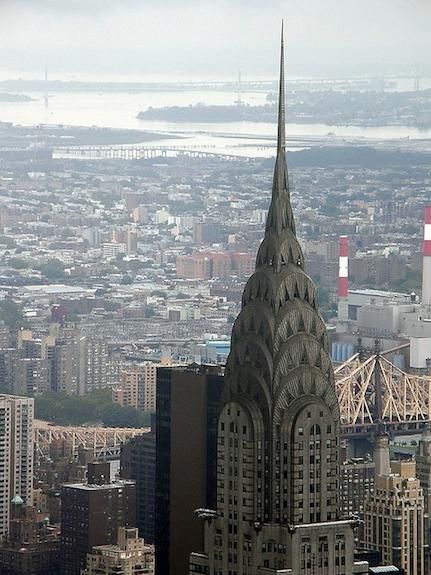Heart Attacks May Be Linked to Air Pollution
Research in six U.S. cities shows a connection between prolonged exposure to fine particulate matter in the air and a faster hardening of the arteries
/https://tf-cmsv2-smithsonianmag-media.s3.amazonaws.com/filer/20130423040208LASmog2.jpg)
One morning a couple of years ago, I decided to take a jog around the perimeter of my hotel in Delhi, India. A little bit of exercise might mitigate the crushing jetlag after my 24-hour flight from California, I thought. Within a minute or two of sucking in the city’s soot-filled air, my lungs and eyes were scorched. While I knew that Delhi’s air quality was bad, I had no idea it’s the 12th worst in the world—nor was I aware of precisely how damaging air pollution can be to the body.
As we’ve written about recently, researchers have discovered that smog can cause lung cancer and that nano-particles in the air burrow through cell membranes, possibly damaging the lungs and the circulatory system. But a new study published today in the journal PLOS Medicine shows that exposure to fine particulate matter in the air may be linked to a faster hardening of the arteries in otherwise healthy people, which can lead to increases in stroke and heart attack.
The study, conducted by researchers from University of Michigan and University of Washington, followed nearly 5,500 people—all heart-disease-free—from six American metro areas (Baltimore; Chicago; Los Angeles; New York City; Winston Salem, North Carolina and St. Paul, Minnesota). Scientists began the study by conducting ultrasound tests to measure the thickness of each participant’s right common carotid artery, which supplies blood to the head, neck, and brain.

The participants’ home addresses were then recorded, and the researchers tapped the Environmental Protection Agency’s Air Quality System, a database of air quality levels gathered by monitors throughout the country, to gauge the amount of fine particulate matter in their neighborhoods. The scientists were able to factor in variables including proximity to major streets and highways, which allowed for a great deal of precision–air pollution concentrations varied, as it turned out, even within specific neighborhoods. Within the next five years, the thickness of each participant’s artery was tested once more. The scientists estimated their exposure to fine particulate matter during the period between the exams.
What they found was that exposure to higher concentrations of fine particulate air pollution correlated with an accelerated thickening of the arteries. Conversely, reductions in air pollution were linked with a slower progression of arterial thickening. Such a thickening or hardening of the arteries can eventually block the flow of blood to the head, resulting in stroke, or to the heart, causing heart attack.
“Linking these findings with other results from the same population suggests that persons living in a more polluted part of town may have a 2 percent higher risk of stroke as compared to people in a less polluted part of the same metropolitan area,” study author Sara Adar said in a statement.
The findings may also help shed light on previous studies that have linked chronic air pollution exposure and death, and may encourage lawmakers to support clean air standards. “Our findings furthermore bolster recent reports that falling pollution levels in the United States after the adoption of the Clean Air Act are associated with reduced mortality and increased life expectancy,” the study authors wrote.
Air quality in the United States is far superior to that in many parts of the world. But where is air quality the worst? The World Health Organization’s database of global air pollution statistics reveals that low- and middle-income regions of the Eastern Mediterranean have the worst air quality overall. Among cities, Ahwaz in Iran is the world’s most polluted. Mongolia’s Ulan Bataar ranks second in air pollution and Delhi comes in 12th.
The W.H.O. rankings are based on the number of parts per million of particles smaller than 10 micrometers (PM10) floating around in the air. Even the filthiest air in the U.S., in California’s San Joaquin Valley, pales in comparison to these other cities. Ahwaz has 372 PM10, while Delhi has 198. Bakersfield, the most polluted city in the U.S., has 38.
The best cities in the U.S. for keeping your arteries free and clear? Santa Fe, New Mexico and Clearlake, California–each with a PM10 of just six. Much healthier choices for a jog the next time around.